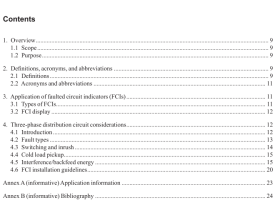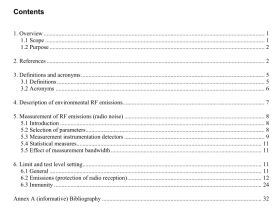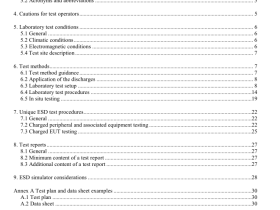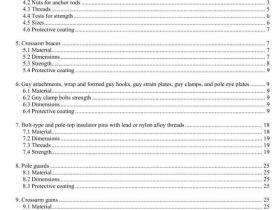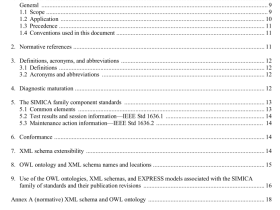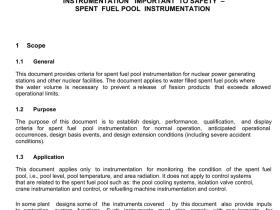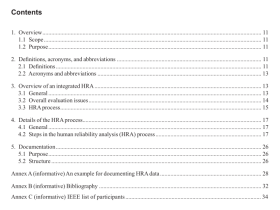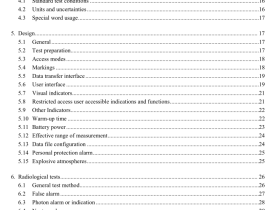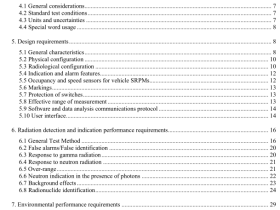IEEE Std 1788.1 pdf download
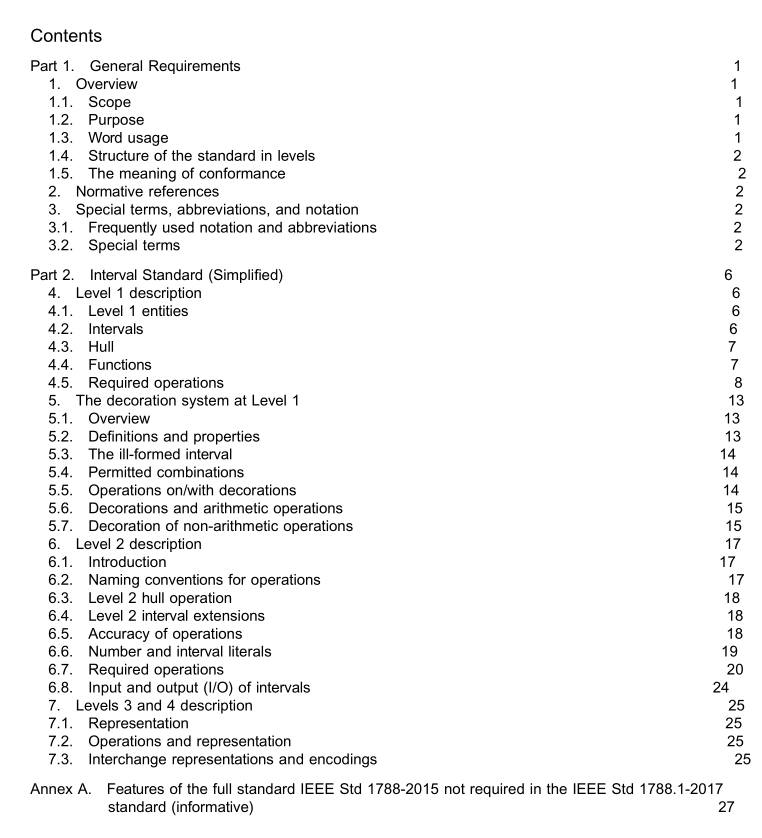
IEEE Std 1788.1 pdf download IEEE Standard for Inte rval Arithm e tic (Sim plifie d)
1. Overview1.1 Scope
This standard is a simplified version and a subset of the lEEE Std 1788TM-2015 for Interval Arithmeticand includes those operations and features of the latter that in the the editors’ view are most commonlyused in practice. IEEE Std 1788.1-2017 specifies interval arithmetic operations based on intervals whoseendpoints are lEEE Std 754TM-2008 binary64 floating-point numbers and a decoration system for exception-free computations and propagation of properties of the computed results.
A program built on top of an implementation of lIEEE Std 1788.1-2017 should compile and run, and giveidentical output within round off, using an implementation of lEEE Std 1788-2015, or any superset of theformer.
1.2 Purpose
Compared to lEEE Std 1788-2015, this standard aims to be minimalistic, yet to cover much of the function-ality needed for interval computations. As such, it is more accessible and will be much easier to implement,and thus will speed up production of implementations.
1.3 Word usage
In this document three words are used to differentiate between different levels of requirements and optionality,as follows:
– may indicates a course of action permissible within the limits of the standard with no implied preference(“may” means“is permitted to”);
– shall indicates mandatory requirements strictly to be followed to conform to the standard and from whichno deviation is permitted (“shall” means “is required to”);
– should indicates that among several possibilities, one is recommended as particularly suitable,withoutmentioning or excluding others; or that a certain course of action is preferred but not necessarily required;or that (in the negative form) a certain course of action is deprecated but not prohibited (Mshould”means”is recommended to”).
Further:
– optional indicates features that may be omitted, but if provided shall be provided exactly as specified;- can is used for statements of possibility and capability (“Mcan”means “is able to””);
– might indicates the possibility of a situation that could occur,with no implication of the likelihood ofthat situation (“mightmeans“could possibly”);
– comprise indicates members of a set or list are exactly those objects having some property. An unqualified
consist of merely asserts all members of a set have some property, e.g.,”a binary floating-point formatconsists of numbers with a terminating binary representation” . “Comprises” means “consists exactly of”.- Example introduces text that is informative (is not a requirement of this standard). Such text is set insanserif font within brackets.[Example. Like this.]
1.4 Structure of the standard in levels
This standard is structured into four levels.
Level 1, mathematics (Clause 4), defines the underlying theory. The entities at this level are set-basedintervals and operations on them. This level defines a decorated interval, comprising a (bare) interval and adecoration (Clause 5).
Level 2, discretization(Clause 6), approximates the mathematical theory by intervals with upper and lowerbounds that are IEEE Std 754-2008 binary64 numbers and operations on such intervals. A level 2 entity iscalled a datum.1
Level 3, representation (Clause 7), represents interval datums in terms of binary64 values. A level 3 entity iscalled an interval object.Representation of decorated intervals is also defined at this level.
Level 4, encoding (Clause 7), specifies encoding of interval objects into bit strings.
1.5 The meaning of conformance
An implementation of this standard shall satisfy the following requirements:- provide the decorations specified in 5.2;
– provide implementations of the required operations in 6.7; required and recommended accuracies for theseoperations are in 6.5;
provide input and output functions to convert intervals from and to strings as specified in 6.8.2 and 6.8.3;and
– provide an interchange representation as specified in 7.3.
2. Normative references
The following referenced documents are indispensable for the application of this document (i.e., they mustbe understood and used, so each referenced document is cited in text and its relationship to this documentis explained).
IEEE Std 754-2008,IEEE Standard for Floating-Point Arithmetic2,3IEEE Std 1788-2015,IEEE Standard for Interval Arithmetic
3. Special terms, abbreviations, and notation
3.1 Frequently used notation and abbreviations
Frequently used notation and abbreviations are given in Table 3.1.
3.2 Special terms
accuracy mode A way to describe the quality of an interval version of a function.See also tightness.NOTE—Details in 6.5.
